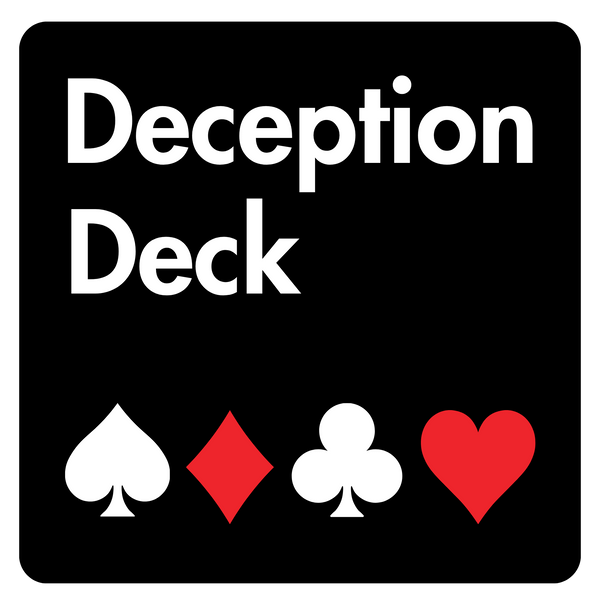Frequently Asked Questions
1. What is the significance of deception detection?
2. What is Statement Analysis?
3. What are some challenges faced in deception detection?
4. How can one enhance their deception detection skills?
5. How is the field of deception detection evolving?
In an age where communication is instant and transparent, understanding the nuances of honesty and deception becomes increasingly significant. The art of deception detection is an intriguing field, particularly in professions such as law enforcement, psychology, and even business. However, professionals face numerous challenges in accurately assessing whether someone is being truthful or deceptive. One of the key methodologies employed in this realm is known as Statement Analysis. In this article, we delve into the hurdles faced in deception detection, guiding you through its complexities and revealing the impact of Statement Analysis on this vital skill set.
The Importance of Deception Detection
Understanding deception is vital for various reasons:
- Enhancing interpersonal relationships
- Improving negotiation and sales tactics
- Strengthening legal processes and investigations
- Promoting ethical practices in communication
As we navigate through our daily lives, the ability to detect dishonesty can foster trust and reduce conflicts. But, how can one accurately identify deception? This is where Statement Analysis comes into play.
The Fundamentals of Statement Analysis
Statement Analysis is a systematic approach used to analyze written and spoken communication to identify potential signs of deceit. This technique relies on the linguistic patterns, content structure, and emotional expressions present in an individual’s statements. It aims to unveil hidden truths by examining aspects such as:
- Vocabulary usage
- Tone and inflection
- Content omissions
- Consistency of narrative
By employing these methods, professionals can gain a deeper understanding of the honesty behind statements. However, the process of deception detection is not as straightforward as it may seem. Several challenges arise.
Challenges in Deception Detection
Subjectivity of Interpretation
One of the most significant challenges in deception detection is the subjective nature of interpreting Statement Analysis. Each individual possesses distinct verbal and non-verbal communication styles. Consequently, what may appear as a sign of deception in one person could be interpreted as a mere quirk in another.
Thus, understanding individual differences is crucial. The same set of cues can mean different things for different people, complicating the analysis process.
Cultural Nuances
Cultural backgrounds play a vital role in communication. Certain behaviors, gestures, and phrases that may signal deceit in one culture may not hold the same meaning in another.
Consider the example of eye contact. In Western cultures, avoiding eye contact may be viewed as a signal of dishonesty. However, in many Asian cultures, maintaining direct eye contact can be considered disrespectful. This disparity highlights the need for cultural competence in the field of Statement Analysis.
Linguistic Ambiguity
The English language is rife with ambiguities, idioms, and metaphors that can complicate deception detection efforts. A statement may be interpreted differently based on its context, leading to erroneous conclusions.
For instance, phrases like “I didn’t mean it that way” can have multiple interpretations. The challenge lies in discerning the speaker's intent while considering the ambiguity embedded within language.
Emotional Factors
Emotional states can significantly influence how an individual communicates. Anxiety, stress, and fear can manifest in various ways, sometimes leading to misinterpretations during Statement Analysis.
A person who is uncomfortable may have difficulty articulating themselves but isn’t necessarily being deceptive. On the flip side, some individuals may maintain composure underneath a facade of deception, making it difficult to detect lies.
Technological Limitations
With the rise of AI and advanced analytical tools, technological assistance in deception detection has become more prevalent. However, these tools still have limitations and may not always align with the nuanced human aspects of Statement Analysis.
For example, while software can analyze tone and sentiment, it may overlook subtleties in human expression that only a trained analyst would recognize. Additionally, relying too heavily on technology can lead to a reduction in critical thinking and intuition, which are vital components in performing effective Statement Analysis.
Enhancing Deception Detection Skills
To overcome some of these challenges, professionals interested in deception detection can adopt several strategies:
- Consistent Practice: Regularly analyzing different types of statements helps refine skills and deepen understanding.
- Education and Training: Enrolling in courses or workshops that cover Statement Analysis techniques can provide valuable insights and methodologies.
- Cultural Awareness: Engaging with a diverse range of individuals can build a greater understanding of variations in communication.
- Collaboration: Working with specialists and peers can promote shared insights, making analysis more robust.
The Future of Deception Detection
The field of deception detection is rapidly evolving as new research emerges. Future methodologies may incorporate advancements in psychology, linguistics, and technology, leading to more accurate interpretations of human behavior.
Moreover, as society becomes increasingly keen on transparency, the tools and techniques employed for Statement Analysis will continue to advance, allowing professionals to adapt to new challenges and environments.
Unlocking the Truth: Moving Forward
Ultimately, navigating the labyrinth of deception detection requires a blend of analytical skills, emotional intelligence, and cultural understanding. Despite the myriad challenges outlined above, mastering these skills can lead to clearer communication and more transparent interactions.
As you harness the power of Statement Analysis, remember that the journey toward understanding honesty and deceit is both an art and a science. Continue learning, practicing, and collaborating to stay ahead in this intriguing field – the truth, as always, is worth seeking.


